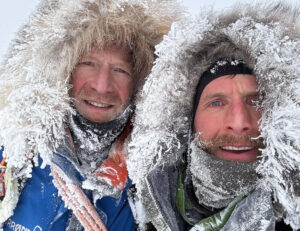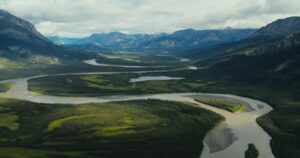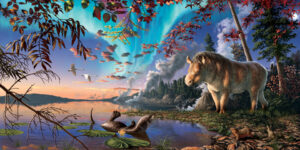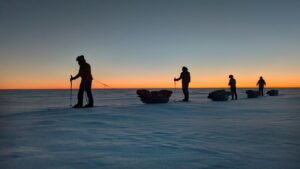Last Thursday, a polar bear attacked a skier in Auyuittuq National Park on Baffin Island in the Canadian Arctic. Other visitors came to the skier’s aid, administered first aid, and contacted Parks Canada.
After the attack, the group managed to get the injured skier to the Summit Lake emergency shelter in Akshayuk Pass. With low cloud cover ruling out a helicopter evacuation, the skier and four others were transported by snow machine to the nearby community of Pangnirtung.
The victim, whose identity remains unknown, was released following a medical evaluation. Details remain unclear regarding the extent of the skier’s injuries, the circumstances and location of the attack, or how the bear was ultimately driven off.

Auyuittuq National Park is situated on Baffin Island, between the Inuit communities of Pangnirtung and Qikiqtarjuaq. Photo: Shutterstock
Parks Canada has since killed the bear and given the carcass to the local hunters and trappers association. While all visitors to Auyuittuq National Park receive a safety briefing by Parks staff and may carry deterrents such as flares or bear spray, independent travelers are not permitted to carry a firearm.






